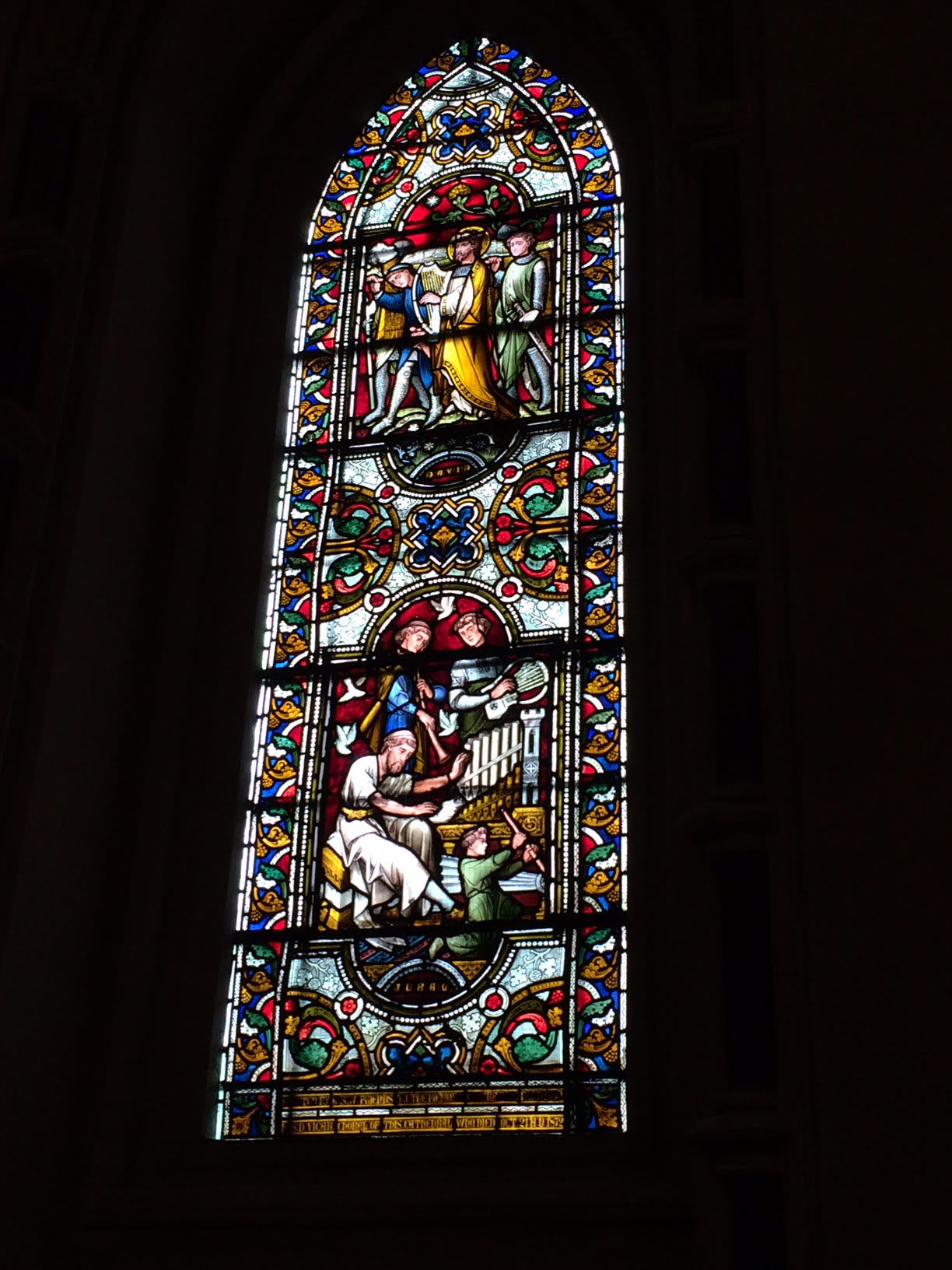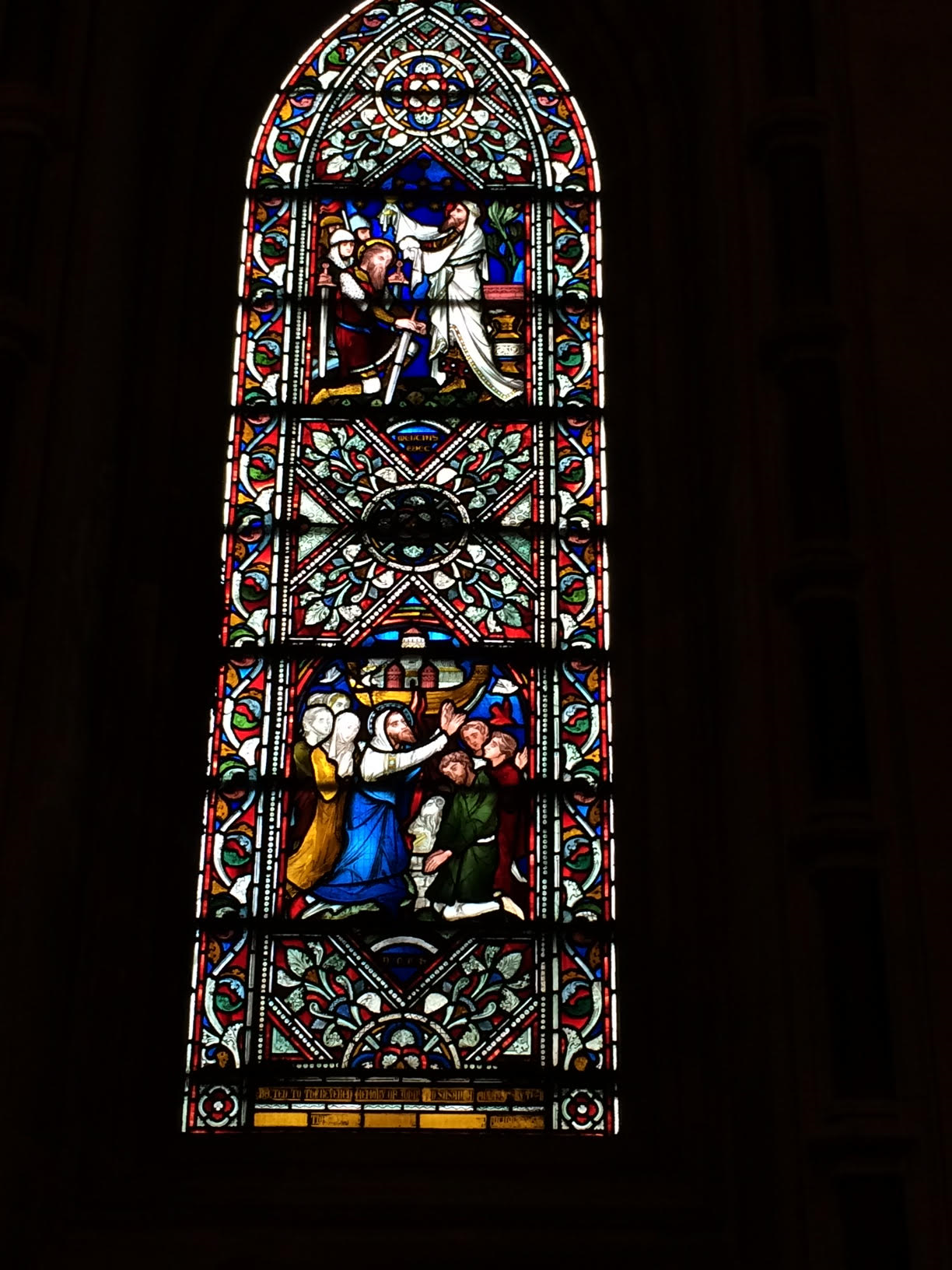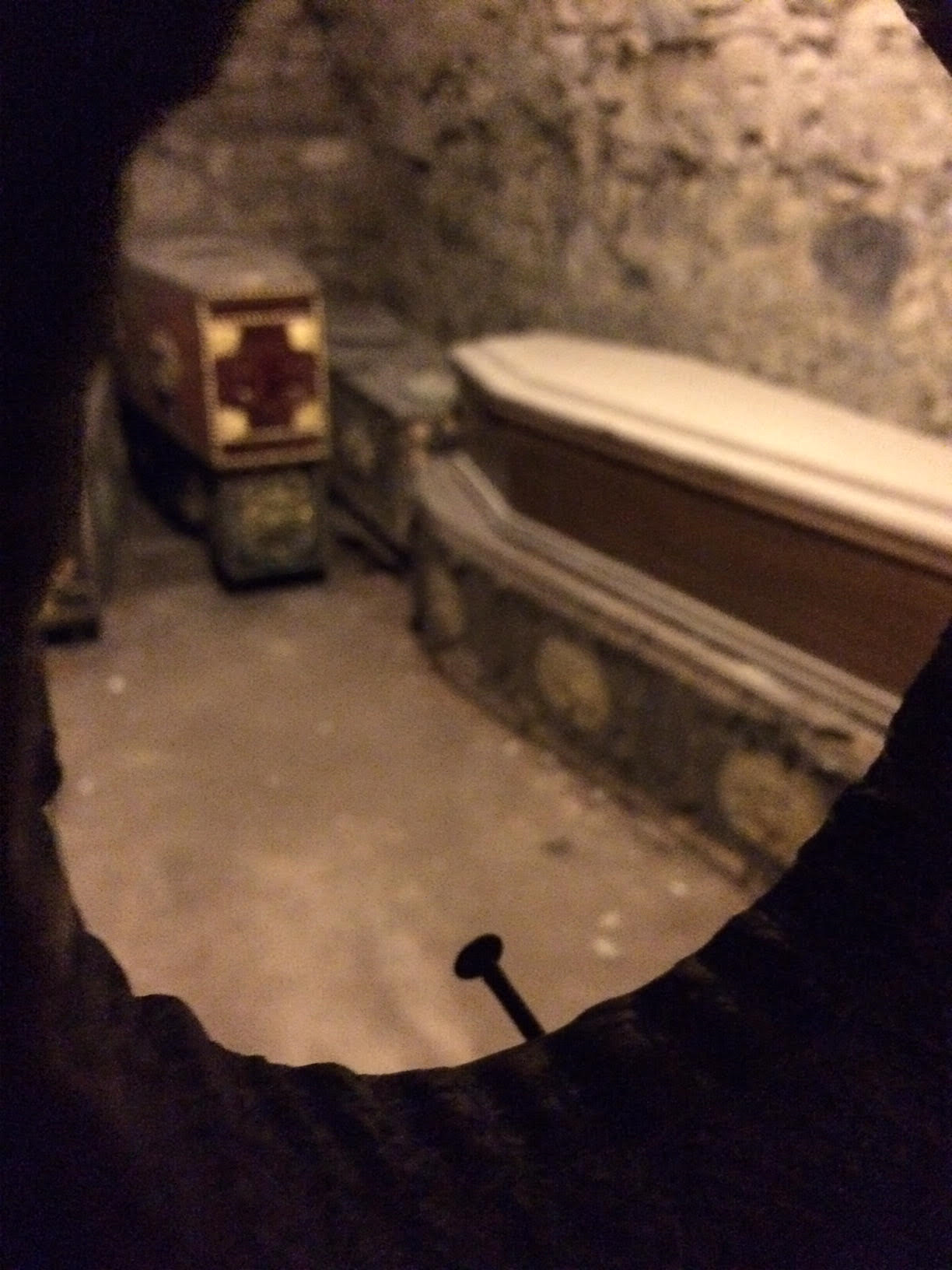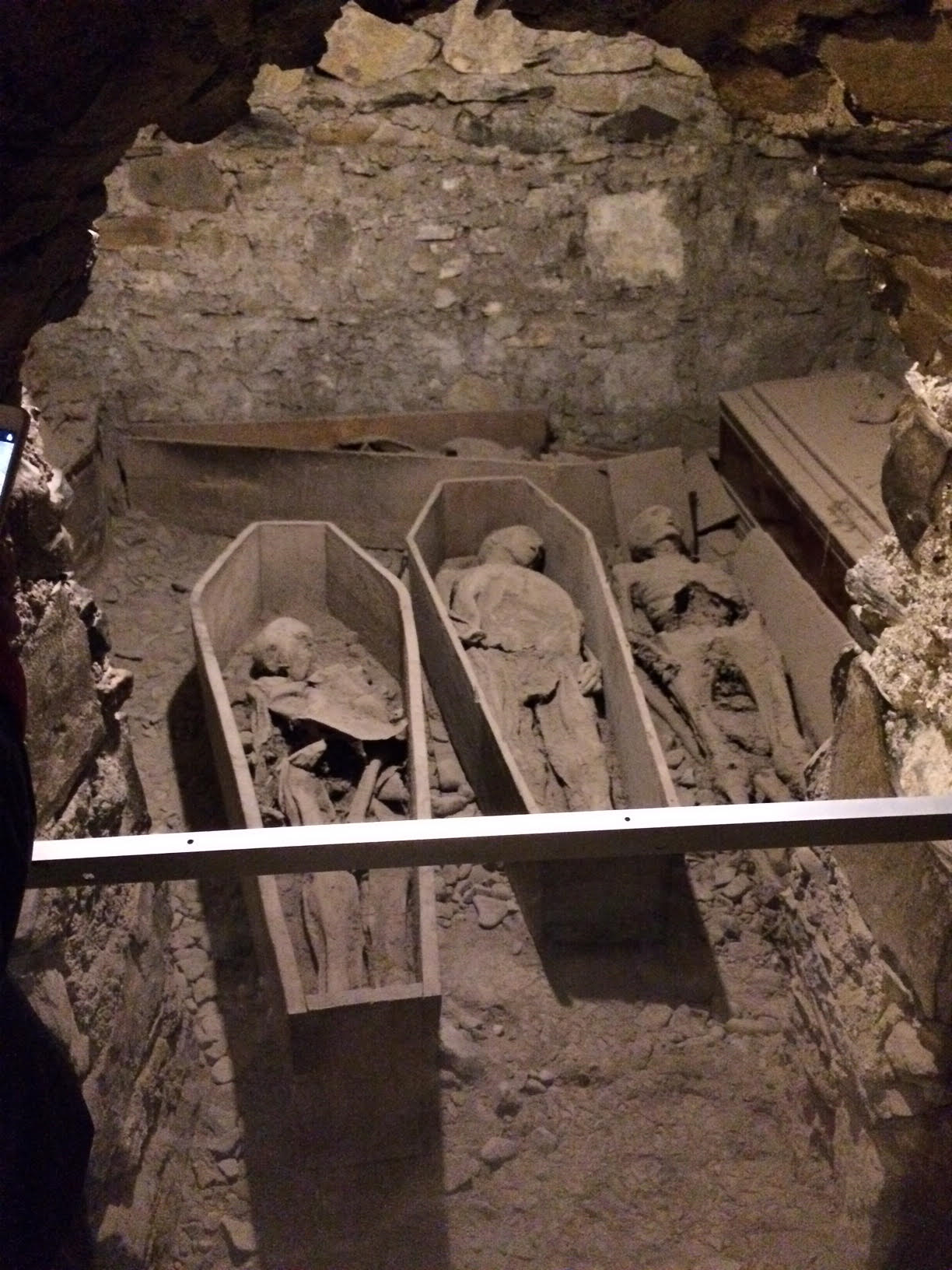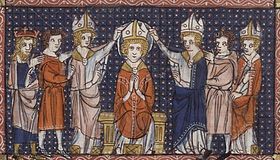
Born in Poitiers at the beginning of the fourth century and dying there as well (13 January AD 368), Hilary was raised as a pagan but converted to Christianity when he met the God of nature in the Scriptures. He was chosen, against his will, to be the bishop of Poitiers in France but took his position seriously and was soon taken up with battling what became the scourge of the fourth century: Arianism, which denied the divinity of Christ. (It was the practice in many places during this period for many clergy–both bishops and priests–to chosen and ordained not because they “felt called” to the ministry but because the people chose them, based on qualifications and abilities that the candidates themselves did not see or appreciate in themselves. St. Ambrose of Milan is another famous example of a candidate chosen to be bishop and ordained against his own will.)
The heresy spread rapidly. Saint Jerome said “The world groaned and marveled to find that it was Arian.” When Emperor Constantius ordered all the bishops of the West to sign a condemnation of Athanasius, the great defender of the faith in the East, Hilary refused and was banished from France to far off Phrygia. Eventually he was called the “Athanasius of the West.”
While writing in exile, he was invited by some semi-Arians (hoping for reconciliation) to a council the emperor called to counteract the Council of Nicea. But Hilary predictably defended the Church, and when he sought public debate with the heretical bishop who had exiled him, the Arians, dreading the meeting and its outcome, pleaded with the emperor to send this troublemaker back home. Hilary was welcomed by his people. He wrote and preached constantly, leaving us a wealth of books and sermons.
In the Western Christian calendar of saints, Hilary’s feast day is on 13 January, 14 January in the pre-1970 form of the calendar. The spring terms of the English and Irish Law Courts and Oxford and Dublin Universities are called the Hilary term since they begin on approximately this date. Some consider Saint Hilary of Poitiers the patron saint of lawyers.

